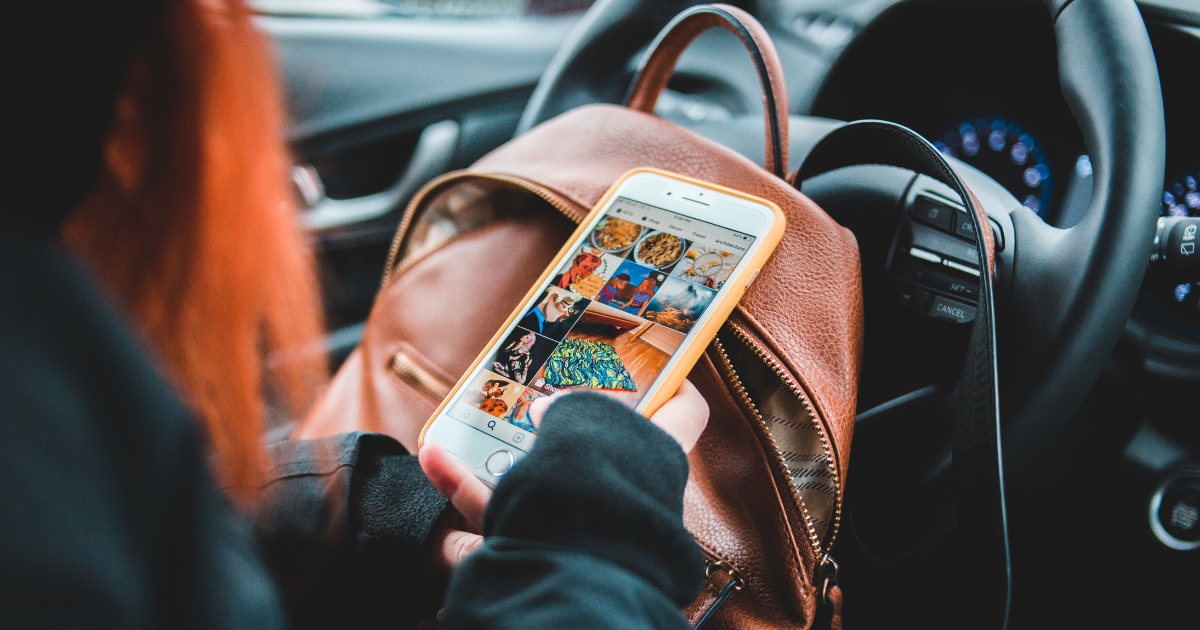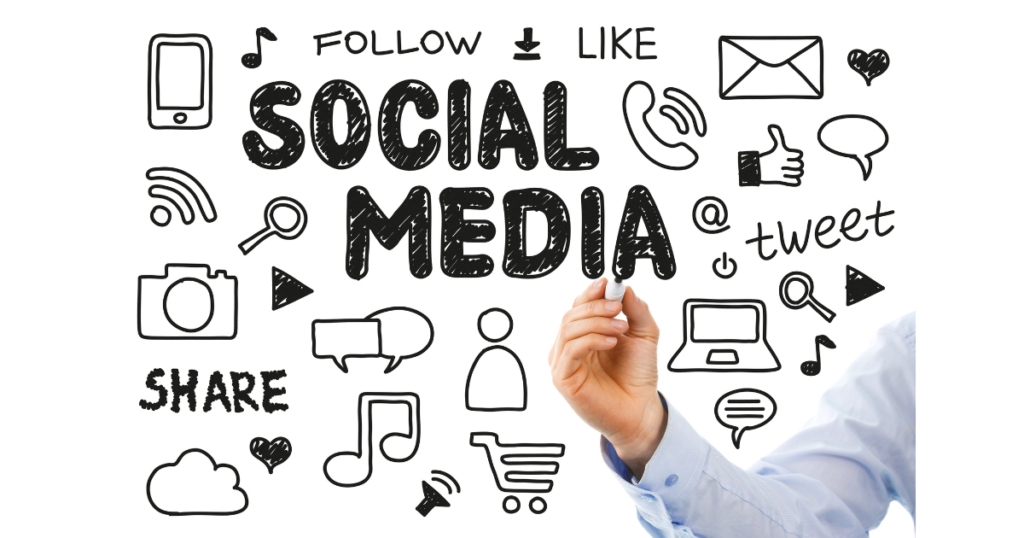Although social media platforms like Facebook, Instagram, TikTok and Twitter have connected the world like never before they can also fuel addictions. Instant access to celebrity accounts, funny videos, diatribes and breaking news alerts has positioned social media as a major influencer on our emotions and even the actions we take. Some evidence suggests that social media might influence substance use, especially among teens and young adults, the population that is most active on these platforms. While many emotions invoked by social media can quickly fade and bear little to no consequences, the influence to drink or use drugs can lead to addiction and long-term health complications.
Related: Combined Effects of Social Media and Big Pharmaceutical Companies
For that reason, understanding the connection between social media and its potential impact on substance use can be useful in reversing crippling trends of substance use disorder (SUD) and fatal drug overdoses. If you or a loved one struggles with drugs or alcohol, call 888-448-0302 for more information on treatment programs at Landmark Recovery.
The popularity and influence of social media
Research indicates that the use of social media is one of the most popular online activities. According to Statista, approximately 82% percent of Americans had a social networking profile in 2021. The numbers go even higher when we zoom in on which age group uses social media the most. As of 2019, 90% of adults between the ages of 18 and 29 years used social networks.
Additionally, technology is sophisticated enough to try to influence our decision-making. For example, if you search for drink mixers on the Internet, you’ll likely start seeing advertisements for certain brands of mixers or cocktail recipes in your social media feed. Repeat the same search exercise for a vape pen, and you might see advertisements for a variety of vape or smoke products start to pop up. The point is, there are many ways the Internet and social media can attempt to influence our decisions, which makes it even more important to explore how social media usage can lead to substance use.
Researchers have compared uncontrolled social media use to drug or alcohol addiction. Many people find themselves unable to make it through even an hour without checking social media apps. It’s estimated that the average millennial picks up a smartphone and checks a social media app 150 times a day. Research shows that the average attention span, meaning the time we spend focusing on one thing, has decreased over the last 15 years from 12 seconds to 8.3 seconds. Many scientists attribute that decline to social media.
Related: How to Have Fun While Sober
How social media can influence substance use
Social media allows people to curate what content they see and also share daily experiences with others. Depending on what people see on their timelines and in their feeds, social media usage could lead to:
- Online exposure to drugs and alcohol
- Negative social comparisons to others
- Feelings of depression, anxiety and isolation
Online exposure to drugs and alcohol
Social media allows people to interact with others online and share daily experiences. Some people may use their platform to post pictures wishing a loved one happy birthday or to share a funny video. Meanwhile, others may choose to share videos, pictures and messages of themselves drinking or using drugs.
This is a common theme among everyday people and celebrities, who have arguably the greatest social media influence. That’s because celebrities usually have large social media followings that include hundreds and thousands of people. Therefore, when Miley Cyrus or Snoop Dogg, for example, regularly post videos or pictures of themselves drinking alcohol or smoking marijuana, these visuals reach the feeds of plenty of young people within seconds.
As a result, impressionable people who admire the celebrities they follow may decide to imitate their substance use, especially if they don’t have a parent or guardian at home to talk to about the dangers of underage drinking or drug use.
Drug sales on social media
Aside from celebrity influence, drug sales have become easier to facilitate on social media. According to a report published in May, young people are finding and buying drugs via direct messages on popular platforms like Instagram, Twitter and Snapchat. The “functionality” of Snapchat and Instagram allows “stories” and messages to disappear after 24 hours, which gives young people the anonymity to search for drugs online.
Although Snapchat released a new feature to help parents monitor potential drug-related conversations between their children and drug dealers, one Alabama family sued the popular platform after their son died from a fentanyl-laced pill bought on the app.

In December 2021, a Tech Transparency Project (TTP) investigation found that Instagram allowed teen users as young as 13 to find drugs for sale, ranging from Xanax to opioids to ecstasy, often in just two clicks. (Photo by Tech Transparency Project)
Instagram social investigation
Tech Transparency Projection did an investigation on Instagram’s search results in May of 2022. TTP revealed that it took less clicks to find drugs like Xanax than it did to log off the app. Despite a warning that would send users to a national helpline page on the Substance Abuse and Mental Health Services Administration website via a “Get Help” button in the search box, teens could still search and find a slew of drug-dealing accounts using hashtags like #xanax.
Comparing yourself to others on social media
Another common issue among regular social media users is comparing themselves to others. People often share pictures or videos of their best moments. In some cases, many of these photos have been digitally altered.
Therefore, a “false life” is created on social media for likes and followers that might make a person’s low self-esteem or other real-life mental health struggles seem all the more difficult and cause them to lose sight of what’s real. As the Jed Foundation writes, “visible friend and like counts make negative social comparison easier because there’s ‘data’ to show if you’re less or more popular than someone else.”
These unwanted feelings of envy may increase the likelihood of a person choosing substances to feel good, especially if they’re impressionable.
Feelings of depression, anxiety and isolation
Heavy social media usage is known to contribute to a decreased overall well-being that can push people to use substances to cope with negative emotions. Research shows that people who use social media up to five hours a day have a lower sense of self, suffer from depression and anxiety and also have suicidal thoughts. For example, young women who are regularly exposed to social media images of the ‘ideal thin woman’ are more likely to develop eating disorders.
Studies also show that regular social media usage increases feelings of loneliness and isolation. Both negative emotions are known to contribute to depression and anxiety, which can lead to substance abuse problems.
View this post on Instagram
Conclusion
Most people have the knowledge and self-awareness of social media’s power and influence. The next step, though, is learning how to avoid negative influences and become surrounded by positive ones. Social media can forge a path toward risky behavior like binge drinking or drug use, which can lead to addiction.
With social media deeply ingrained in today’s culture, avoiding its influence can be difficult. However, there are programs like the ones at Landmark Recovery that teach coping methods to guard against the pressures of social media and avoid developing a substance use disorder.
Struggling with drugs or alcohol?
Is social media influencing drug or alcohol use for you or a loved one? You might benefit from a treatment program supervised by licensed medical professionals. Call 888-448-0302 today for more information.
A member of our admissions team is available to talk 24/7. Visit our locations page to find an addiction treatment center near you.

Choose Recovery Over Addiction
We're here 24/7 to help you get the care you need to live life on your terms, without drugs or alcohol. Talk to our recovery specialists today and learn about our integrated treatment programs.






